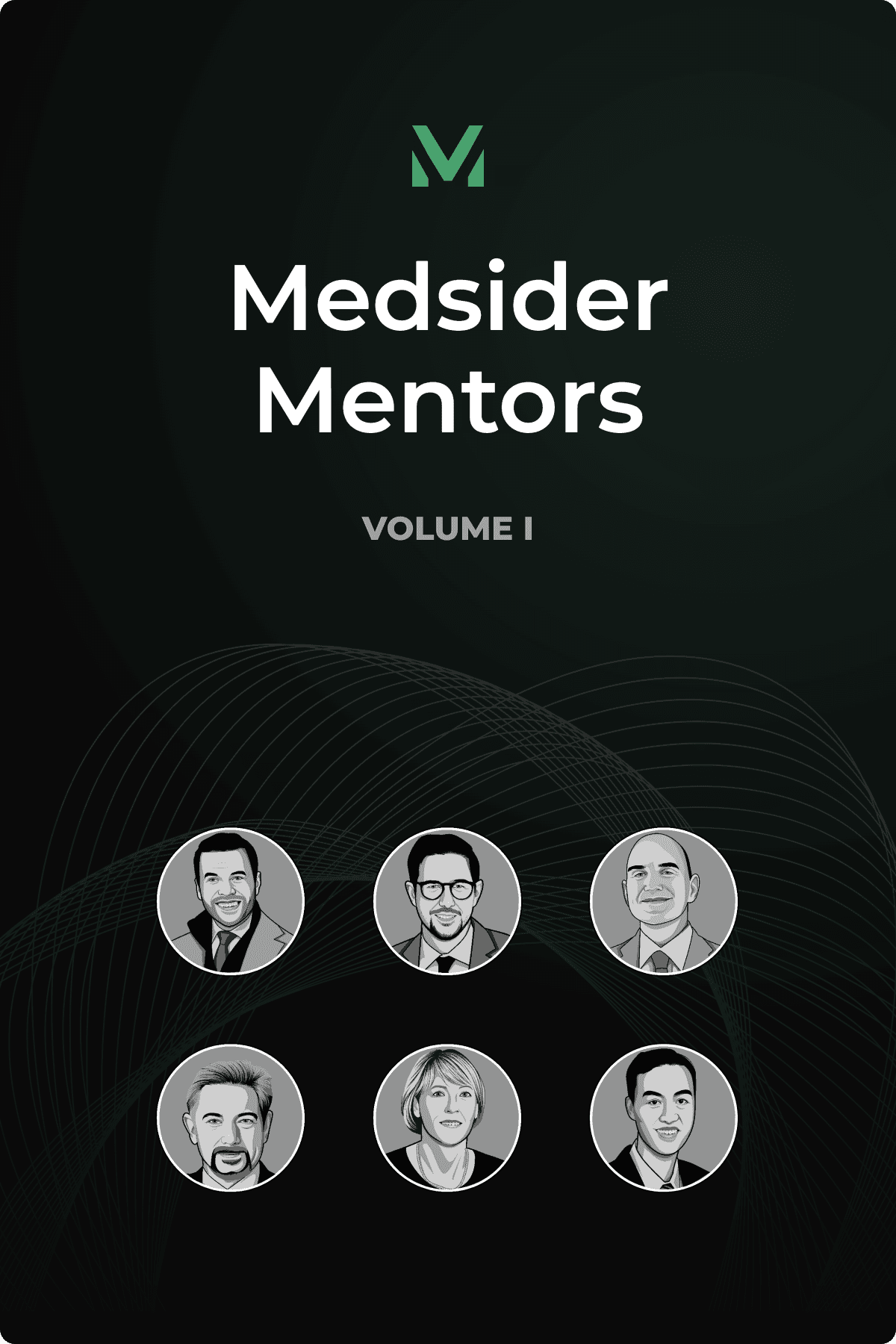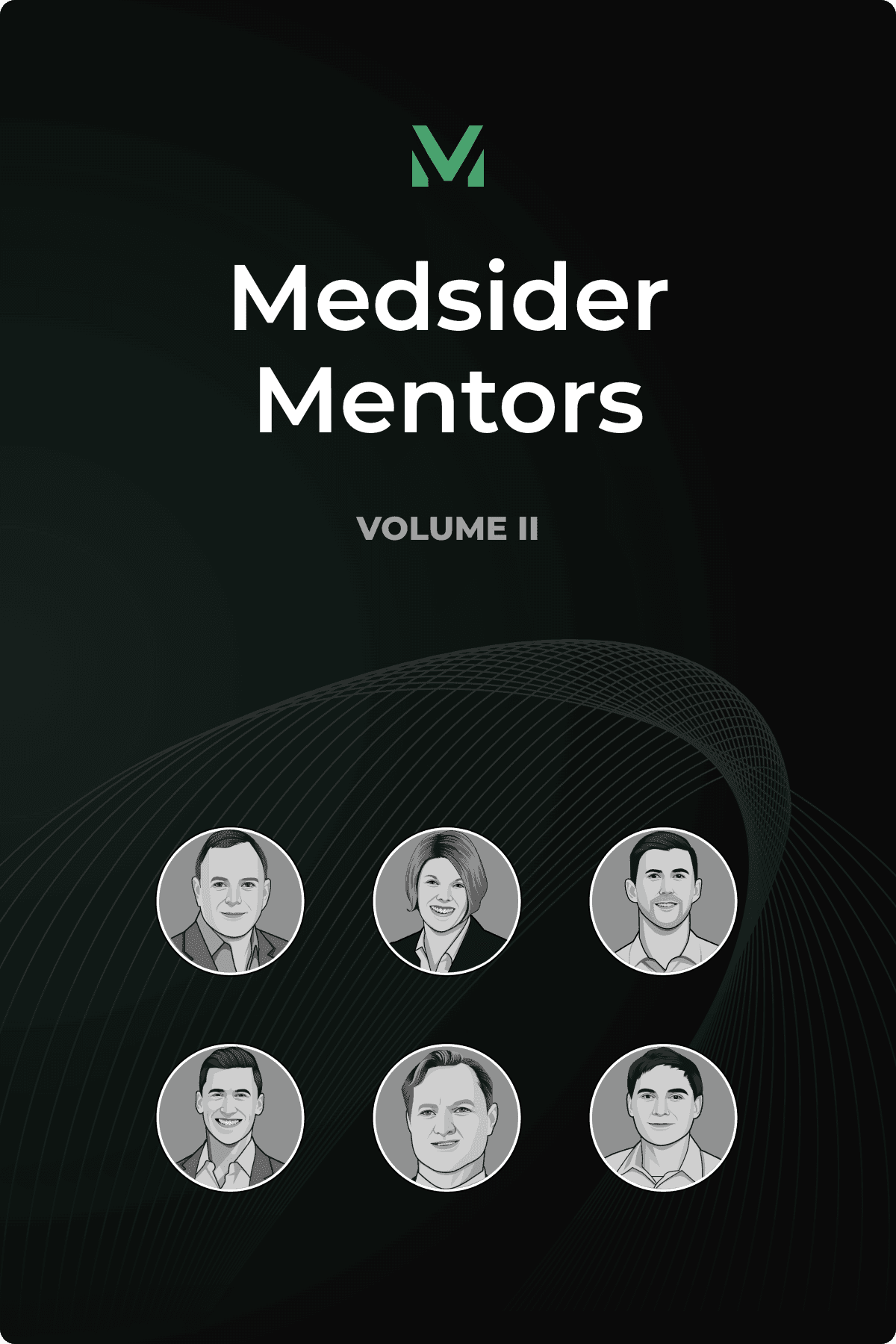Building Adoption Into the Design of Your Device
Interview with TRiCares CEO Ahmed Elmouelhi

Key Learnings From Ahmed's Experience
Adoption is the ultimate measure of innovation. The best device isn’t the one with the most features — it’s the one the whole care team can use with confidence. TRiCares iterated its Topaz system a dozen times, not to add complexity, but to make the procedure faster, smoother, and easier for everyone in the room. A focus on the core implant helped them prioritize what truly mattered for lasting adoption.
Managing trials means managing people, not just protocols. Multi-continent trials can overwhelm even well-capitalized startups. For Ahmed, progress came from two things: local teams close to the sites, and a small core of physician champions who carried the study forward. These “10X physicians” turned regulatory deadlines into momentum, showing that a critical mass of believers is more valuable than trying to win everyone at once.
Effective boards work in the sandbox, not the spotlight. The healthiest boards are about engagement, rather than ‘convincing’ members of a pre-determined route. Ahmed’s “sandbox approach” invites directors to build solutions alongside the company instead of judging finished plans. That requires transparency — with both successes and problems — and alignment across all investors.
In Formula One racing, the fastest drivers follow a counterintuitive principle: slow is smooth, and smooth is fast. The idea is simple — focus on fluid execution rather than raw speed, and velocity follows naturally.
Ahmed Elmouelhi has built his career on the same philosophy. The TRiCares CEO and 20-year medtech veteran uses this framework to guide everything from product development to clinical strategy. "Speed alone is never the goal," he says. "The goal is to be smooth."
That mindset shaped his approach when physician partners convinced him to leave AtriCure and take the helm at TRiCares, a company developing Topaz, the first purpose-built, minimally invasive transcatheter tricuspid valve replacement system. The tricuspid valve sits on the right side of the heart, controlling blood flow between the right atrium and ventricle — a fundamentally different environment from the more commonly treated mitral valve on the left side. While many companies have adapted existing mitral valve technologies for tricuspid use, TRiCares chose to build from the ground up.
You May Like These Articles
Medsider Premium
Become a premium member and unlock access to exclusive Medsider benefits.



